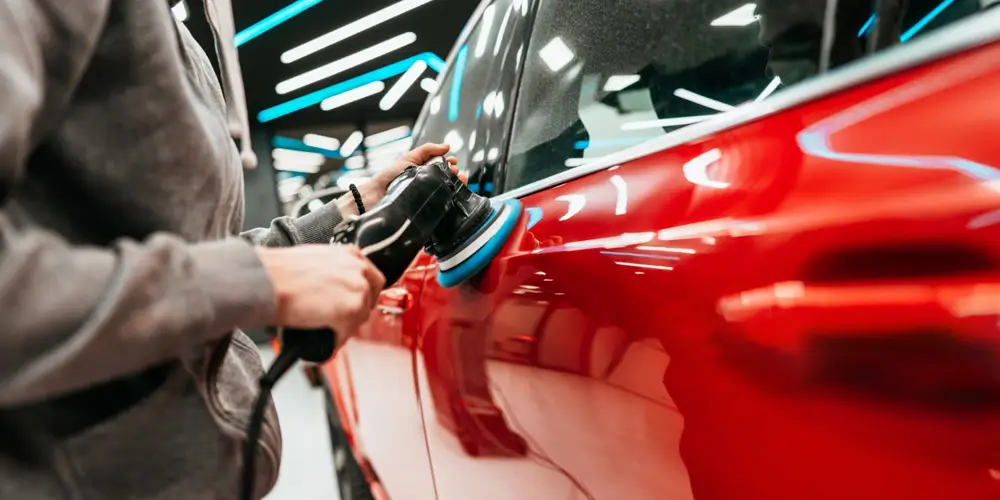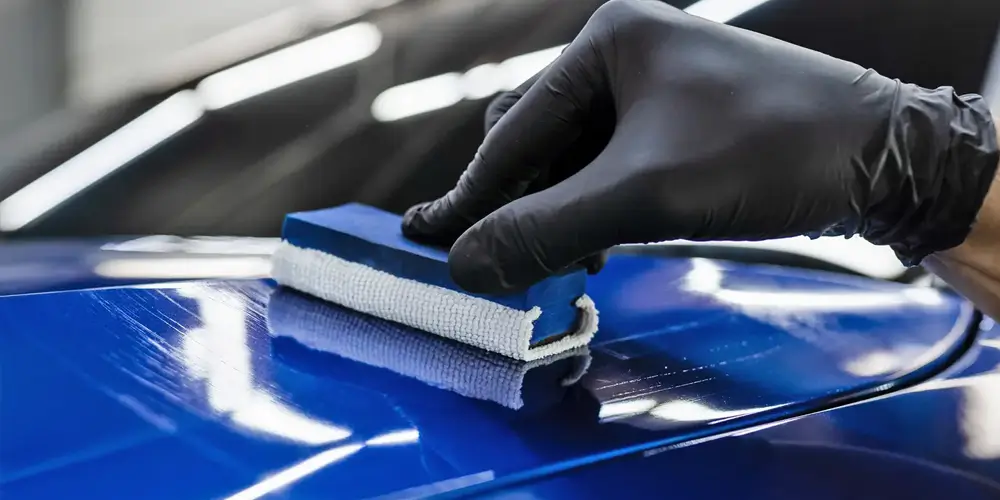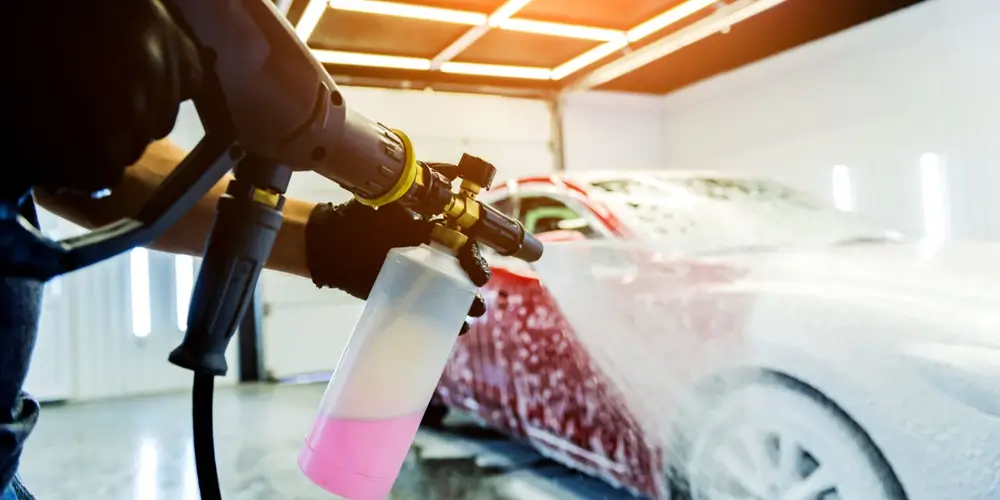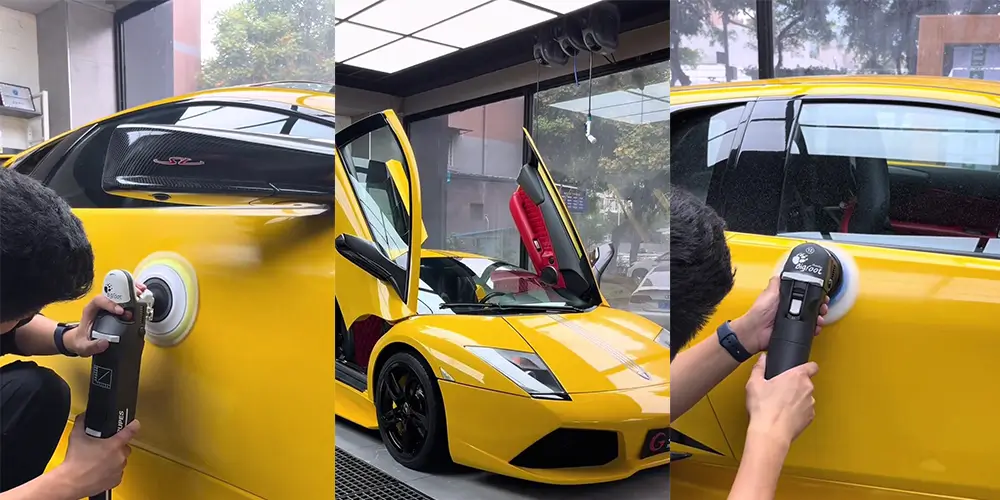Compound Polish for Car
Introduction to Compound Polish for Car
In the realm of automotive care, achieving that pristine, glossy finish on your vehicle often requires more than just a routine wash and wax. This is where compound polish comes into play. Compound polish, also known simply as car polish, is a specialized product designed to restore and enhance the shine of your vehicle's paintwork. In this comprehensive guide, we will delve into the intricacies of compound polish, exploring its functions, benefits, types, application methods, and maintenance tips to help you make informed decisions about caring for your car's exterior.
What is Compound Polish and How Does It Work?
Compound polish is a formulated blend of abrasives, lubricants, and other active ingredients aimed at removing imperfections from the surface of automotive paint. These imperfections may include swirl marks, light scratches, oxidation, water spots, and other blemishes that diminish the appearance of the paint.
The abrasive particles in compound polish work by gently abrading the surface of the paint, effectively leveling out imperfections and revealing a smoother, more uniform surface underneath. Meanwhile, the lubricants help to minimize friction and prevent damage to the paint during the polishing process.
Benefits of Using Compound Polish on Your Car
The application of compound polish offers several notable benefits for your vehicle:
Restores Gloss and Shine: Compound polish effectively removes surface imperfections, restoring the glossy finish of your car's paintwork.
Enhances Paint Clarity: By eliminating swirl marks, scratches, and other blemishes, compound polish enhances the clarity and depth of your car's paint.
Protects Against Environmental Damage: Some compound polishes contain protective additives that create a barrier against UV rays, acid rain, bird droppings, and other environmental contaminants, helping to preserve the integrity of the paint over time.
Prepares Surface for Waxing or Sealing: Compound polishing prepares the surface of the paint for subsequent waxing or sealing, ensuring better adhesion and longevity of the protective layer.
Factors to Consider When Choosing the Best Compound Polish
When selecting a compound polish for car, it's essential to consider the following factors:
Paint Condition: Assess the condition of your car's paintwork to determine the level of abrasiveness required. Lighter imperfections may only necessitate a mild polish, while deeper scratches and oxidation may require a more aggressive compound.
Type of Paint: Different types of paint (e.g., clear coat, single-stage, metallic) may respond differently to compound polish. Choose a product that is compatible with your car's paint type to achieve optimal results without causing damage.
Abrasive Level: Compound polishes come in varying degrees of abrasiveness, ranging from mild to aggressive. Select a polish with the appropriate level of abrasiveness for the severity of imperfections you wish to address.
Ease of Application and Removal: Consider the ease of application and removal when choosing a compound polish. Products that are user-friendly and easy to work with can streamline the polishing process and reduce the risk of errors.
Additional Features: Some compound polishes offer additional features such as UV protection, water repellency, and long-lasting shine. Evaluate these added benefits based on your specific needs and preferences.
Different Types of Compound Polish Available in the Market
Compound polishes are available in various formulations to suit different applications and preferences. Common types include:
Cutting Compound: This type of compound polish is highly abrasive and is designed to tackle deep scratches, heavy oxidation, and other severe paint defects. Cutting compounds are typically used as a first step in the polishing process.
Finishing Polish: Finishing polishes are less abrasive than cutting compounds and are intended for refining the paint surface after using a cutting compound. They remove fine swirl marks, haze, and other minor imperfections to achieve a smooth, glossy finish.
All-in-One Polish: All-in-one polishes combine cutting and finishing properties in a single product, making them suitable for addressing moderate paint imperfections while providing a glossy shine in one step.
OEM Approved Polishes: Some car manufacturers offer OEM-approved polishes specifically formulated for their vehicles' paint systems. These polishes are engineered to provide optimal results and compatibility with factory paint finishes.
Water-Based Polishes: Water-based polishes offer environmentally-friendly alternatives to traditional solvent-based polishes. They are non-toxic, low in VOCs, and can deliver excellent results without compromising performance.
Step-by-Step Guide on How to Use Compound Polish on Your Car
To achieve the best results when using compound polish on your car, follow these step-by-step instructions:
Preparation: Thoroughly wash and dry your car to remove any dirt, debris, and contaminants from the surface. Park the car in a shaded area to prevent the polish from drying too quickly during application.
Test Spot: Before applying compound polish to the entire vehicle, perform a test spot in an inconspicuous area to assess the effectiveness of the product and ensure compatibility with the paint.
Application: Apply a small amount of compound polish to a foam or microfiber applicator pad. Work the polish onto the paint surface using overlapping, circular motions, applying moderate pressure as needed to address imperfections.
Buffing: After allowing the compound polish to dry to a haze, buff the surface with a clean, dry microfiber towel or buffing pad to remove excess polish residue and reveal the restored shine.
Inspect and Repeat: Inspect the polished area for any remaining imperfections. If necessary, repeat the polishing process until desired results are achieved.
Final Inspection: Once the entire vehicle has been polished, inspect the paintwork under different lighting conditions to ensure uniformity and clarity of the finish.
Common Mistakes to Avoid When Using Compound Polish
While compound polish can yield impressive results when used correctly, certain mistakes can compromise the outcome of the polishing process. Avoid the following common pitfalls:
Overworking the Polish: Applying too much pressure or working the polish for an extended period can generate excess heat, leading to paint damage and swirl marks.
Using Incorrect Tools: Using abrasive materials or inappropriate applicator pads can scratch or mar the paint surface, undoing the effects of the polish.
Skipping Test Spots: Failing to perform test spots can result in unexpected outcomes, such as paint discoloration or adverse reactions with the polish.
Neglecting Surface Preparation: Skipping proper washing and decontamination procedures can trap dirt and debris beneath the polish, causing further damage to the paint.
Not Following Manufacturer's Instructions: Each compound polish may have specific application and removal instructions. Ignoring these guidelines can lead to subpar results and potential damage to the paint.
Tips for Maintaining the Shine and Protection of Your Car After Using Compound Polish
To prolong the benefits of compound polish and keep your car looking its best, consider the following maintenance tips:
Regular Washing: Wash your car regularly to remove dirt, grime, and contaminants that can dull the shine and compromise the protective layer.
Apply Wax or Sealant: Follow up compound polishing with a coat of wax or sealant to provide additional protection against environmental elements and maintain the glossy finish.
Use Paint Protection Film: Consider installing paint protection film (PPF) on high-impact areas of the car to safeguard against rock chips, scratches, and other damage.
Avoid Abrasive Materials: Use gentle cleaning tools and products to prevent scratching or marring the paint surface. Microfiber towels, soft brushes, and pH-neutral cleaners are ideal for maintaining the shine of compound-polished paint.
Store Indoors: Whenever possible, park your car indoors or use a car cover to shield it from UV exposure, rain, and other harsh weather conditions that can degrade the paint over time.
Conclusion: Choosing the Right Compound Polish for Car
In conclusion, compound polish is a versatile and effective solution for rejuvenating and protecting your car's paintwork. By understanding its functions, benefits, types, application methods, and maintenance requirements, you can confidently select the right compound polish for car specific needs and achieve professional-quality results at home. Remember to exercise caution, follow best practices, and prioritize proper maintenance to preserve the beauty and integrity of your car's exterior for years to come.
Source of this article:https://www.sybonbest.com
Get to know us through more channels:




